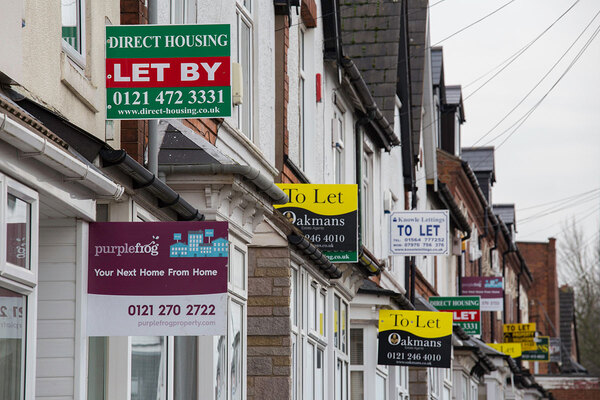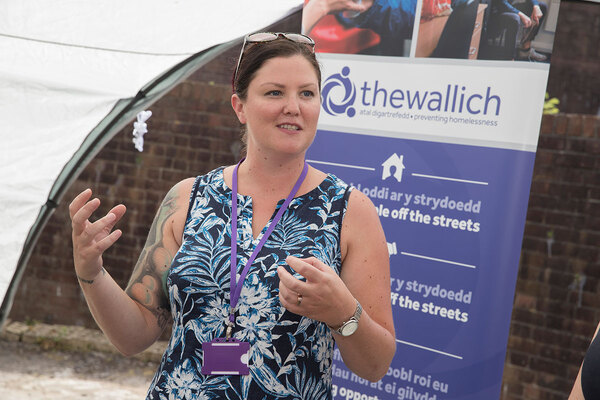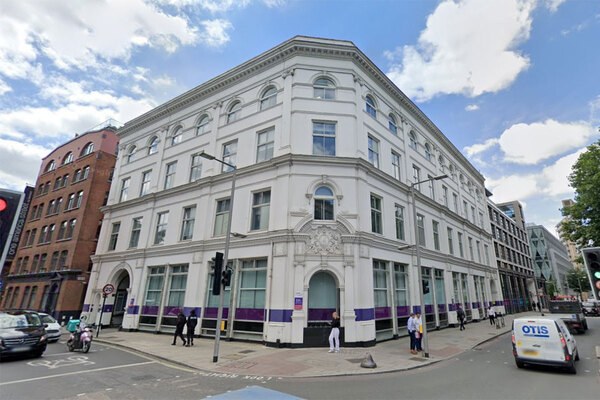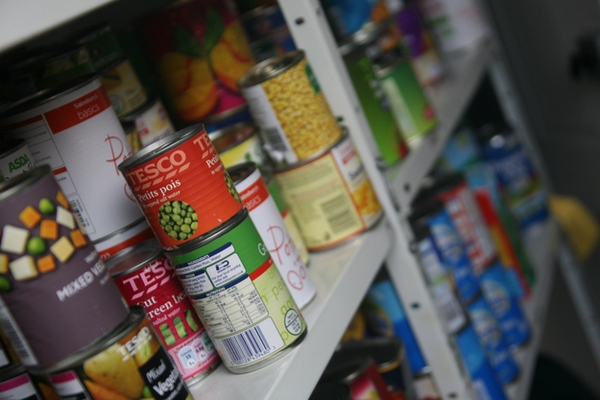Landlords tighten up affordability criteria under lower benefit cap
An increasing number of housing associations are making more stringent checks into the ability of new tenants to pay their rent, as the new lower benefit cap takes effect.
In the first in the ‘IH Spotlight’ series of investigations, Inside Housing sent Freedom of Information Act requests and anonymous surveys to gauge the impact of the cap on benefits, which was imposed at the start of the year, of £20,000 or £23,000 in London.
Out of 34 responses, 11 housing associations said they were taking a closer look at prospective tenants’ financial circumstances before offering a letting.

One respondent said households affected by the benefit cap are subject to “stringent affordability checking” and if they are not able to demonstrate that they can afford the rent after their benefit is capped, then the allocation “will be returned to the council as unviable”.
Another respondent said applicants affected by the cap will be offered support but “ultimately if the tenancy is unaffordable we will decline the application”.
IN NUMBERS
32.4% – percentage of housing associations that responded to the survey that are tightening affordability criteria due to the cap
36,591 – number of households affected by the cap, a rise from 10,855 under the previous cap
£20,000 – amount of money annually which benefit claimants can receive under the cap (rises to £23,000 in London)
304 – households affected in Oldham, a steep rise from the 30 previously affected, as the cap spreads nationally
Source: Inside Housing research
David Pipe, policy and practice manager at the Chartered Institute of Housing, said more landlords are building affordability checks into their lettings process.
He added: “[Associations] are not in the business of setting people up to fail. They don’t want to house someone if they know they won’t be able to afford their rent after a few months and will struggle.”
Freedom of Information Act responses provided by 203 councils show that the cap, as predicted, is having a dramatically larger effect outside London than the previous £26,000 threshold.
Inside Housing’s research revealed councils and housing associations are taking different approaches to supporting households affected by the benefit cap.
READ MORE ABOUT THE BENEFIT CAP
Bournemouth has seen a rise from 38 to 207 households. In Doncaster 386 households have been hit – a steep rise from the 41 previously affected. Oldham has gone from 30 to 304, Rotherham from 44 to 271, and the Wirral from 38 to 305 households.
Overall, of the 203 responses, 36,591 households were affected by the lower cap, a huge jump compared with 10,855 under the previous level.
Thirty-three councils were able to quantify how many of their tenants affected by the benefit cap were in rent arrears. Out of these an average of 44% of tenants hit by the benefit cap are in arrears. In Dacorum, 60 out of 93 council tenants are in arrears, while in the London Borough of Greenwich the figure is at 81%.
READ THE FULL IH SPOTLIGHT FEATURE







